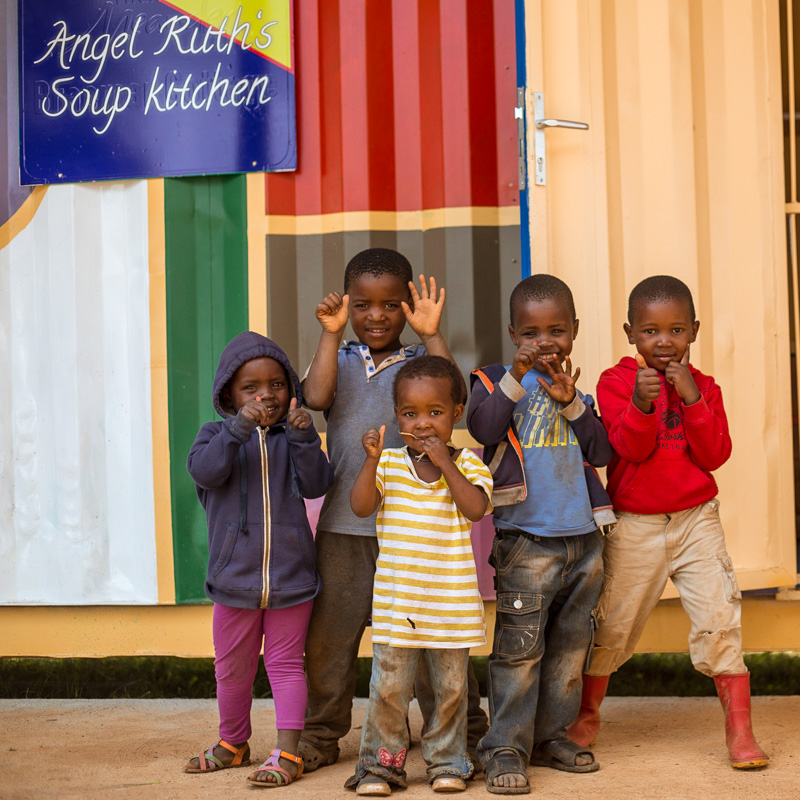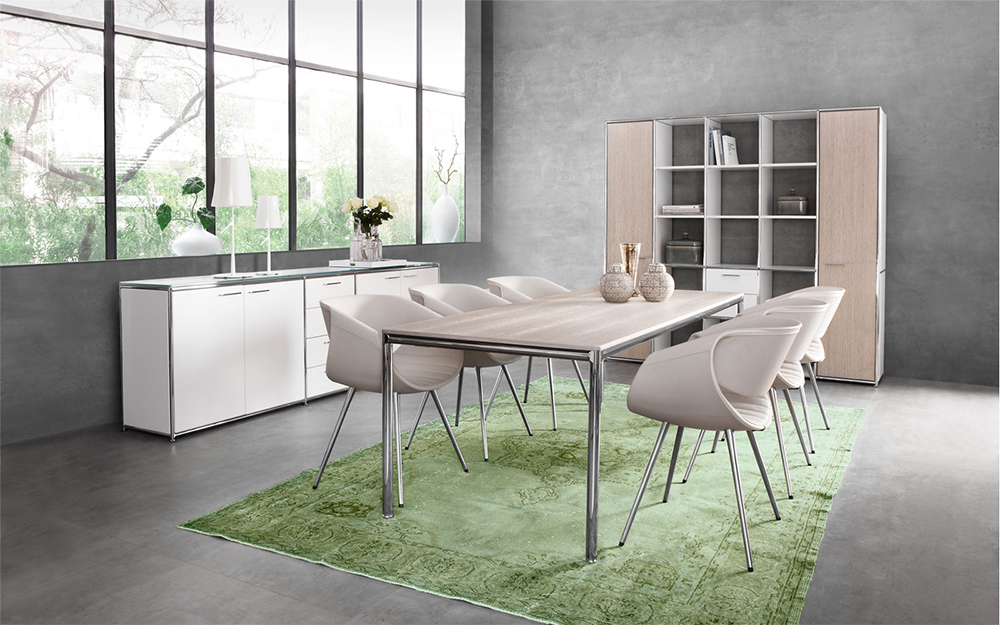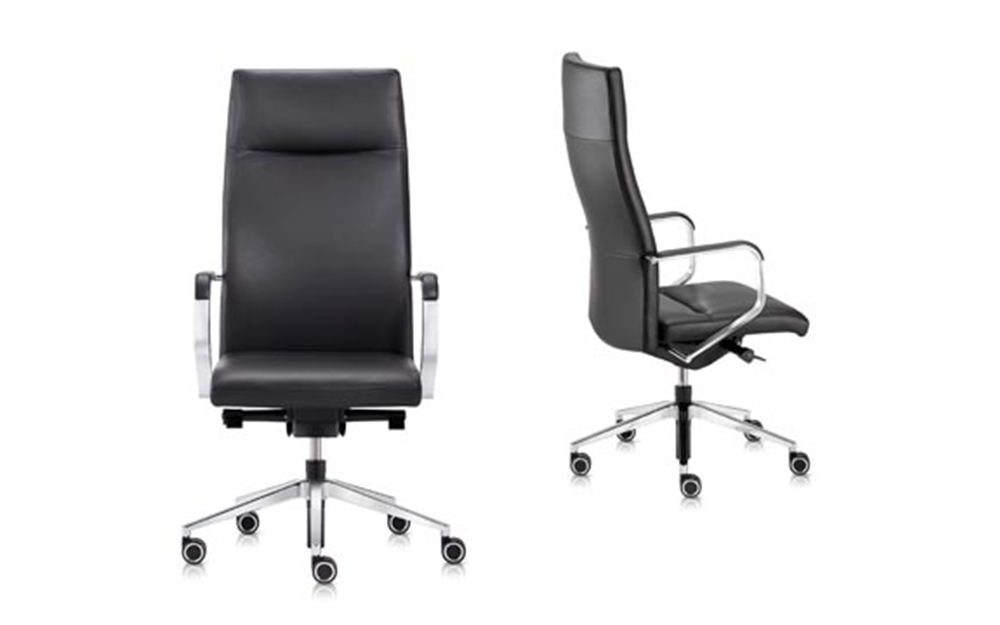As I savor the rest of the warm summer evenings, I notice, in the quietness of where we live, I am able to tune into Listening. Really listening. First to sounds around me, letting my body become still, my ears and jaw soft, my eyes quiet, slowly turning my attention inwards like a witness, just observing myself listening. Then there is the breath - resting on the wonder and simplicity of the breath.
As my attention rests on the breath, slowly I allow thoughts, emotions, and other internal and external distractions to pass on the breath - they are there and I allow them to be there. Breathing quietly and slowly, still listening, experiencing fully the breath passing in and out through my nose. I notice how the body reacts and moves with the incoming and outgoing breath.
As I sit and listen and observe, I notice my son - he somehow seems to fall into this quiet unassuming rhythm of life’s flow. In his own world, playing out his own stories, as if I am not present, and it does not matter if I am, because it is as if I am not paying attention to his play unfolding. He somehow slips into the same space, separate but connected. Is this how meditation works? Life is unfolding, and I am aware of it, in it, but not affected by it - with relief on my face, and a smile in my heart.
“Remind yourself that meditation is not something someone is good or bad at. It is not a competition, and there is no such thing as a failed meditation session. There is no need to get frustrated when any mental chatter arises or you go off in fantasy. Just catch yourself and bring your attention back to the breath.” Kasper van der Meulen.
It’s all fine and good to be in a conducive environment for meditation, where one slips with ease into ease. What about when the situation is everything but relaxing? What when it is a stressful highly charged situation? Perhaps understanding “stress physiology” can help us to identify in any one moment how to address a situation and recognize the stressor before our reaction is triggered? The stressor is the stimulus, and our reaction is the stress response. “When you say you are stressed, you indicate that you are having a reaction to a stressor. This means stress is highly subjective.” Kasper van der Meulen. So why do we take this so personally like it belongs to us?
Kasper goes on to say, “ a stress stimulus is not by definition negative; there are also positive tensions. Most of us have the experience of approaching a deadline and noticing that extra pressure can help us to do a ton of high-quality work at the last minute. ‘Eustress’ is a term that was described by psychologist Richard Lazarus, an expert in the field of stress in relation to cognition. The prefix “eu” originates from Greek and simply means “good”. You can experience distress (negative stress) but also eustress (positive stress)”.
Knowing this, can we then listen in for the stressor that arises, observe it, and see if we can pause, soften our attention and our eyes, and rest on the incoming and outgoing breath. If we pause just for a minute or even a few seconds before reacting, perhaps we have the opportunity to step back from old conditioned responses that arise so “naturally’ in us. It is these conditioned responses that we would like to change, inviting new ways of responding to situations that unnerve us. Surrender to change, or the willingness to change. Why not?
“Try not to resist the changes that come your way. Instead let life live through you. And do not worry that your life is turning upside down. How do you know that the side you are used to is better than the one to come?” The 40 Rules of love....
This leads us to diving into Neuroplasticity - rewiring the brain....more about this topic next month...
What are we practicing on and off our yoga mat this month? The sequence we will be practicing guides us into various “corners” of the body where we have the opportunity to practice fully what we want to integrate into our lives. Enjoy being embodied - Namaste -
Recipe of the Month....be InSpired by what you feed your body
Omega Rich Cookies. (With gluten-free options included by me)
(Taken from: “Brookdale’s Heavenly and Healthy Flavours”, the amazing Health Hydro where I teach my retreats in South Africa, www.brookdale.co.za)
1/2 cup butter 3 TBS Coconut flower syrup (Kokos Blueten Sirup) 2 eggs 1/2 cup Coconut flour (or Rice flour) ** 1/2 cup Chickpea flour (Kichererbsen Mehl) 1/2 cup Spelt flour (Dinkel mehl) If you want to make them completely gluten free, add 1 cup rice flour in stead) *** 1/2 cup Oats (Hafer) 1/2 cup Oat bran (Hafer Kleie) 1 tsp baking powder Pinch salt
1 TBS sesame seeds 1 TBS chia seeds 1 TBS sunflower seeds 1 TBS flax seeds, ground 2 TBS pumpkin seeds 2 TBS pecan nuts, chopped (I used other nuts, or none)
Pre-heat oven to 180 degrees and lightly grease a baking tray.
Cream butter and syrup together, then beat in eggs. Mix dry ingredients until the mixture resembles a dough. Add seeds and mix. Roll biscuit mixture into small balls, and place on baking tray. Press lightly with a fork.
Bake for 15 - 20 minutes, ‘till light golden. Don’t let them get too dark.
I made a couple of amendments to the recipe to suit a low or no sugar and gluten free diet. Please see the original ingredients below where the are in the recipe above: 1/2 cup sugar, instead of coconut flower syrup 1 cup stone ground cake flour, instead of 1/2 + 1/2 cups coconut and chickpea flours *** 1/2 cup stone ground brown flour, instead of Spelt flour





